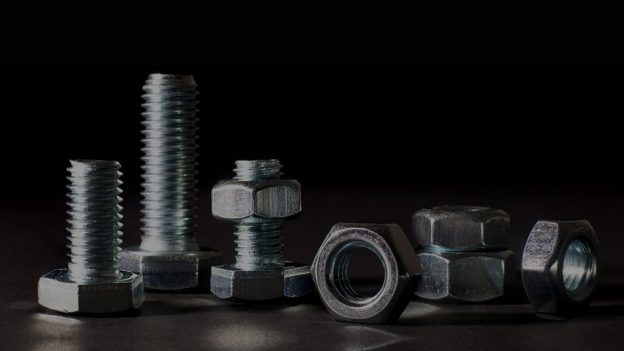Physical Address
304 North Cardinal St.
Dorchester Center, MA 02124
Physical Address
304 North Cardinal St.
Dorchester Center, MA 02124

The hexagon shape has emerged as the most widely used form for bolts, nuts, and various other fasteners. Hexagonal fasteners, which have six sides, are utilized in many different applications. They are present in a variety of items, including furniture, home appliances, building frames, children’s toys, and cars. You may be asking yourself why the majority of bolts and nuts are hexagonal, though, given that there are dozens of other shapes available.
Hexagon nuts make good use of their shape. Their six sides make it simple to tighten and loosen them, and as long as there is room to move your tools, you can access them from all angles. These hexagon nuts have a long history; their use dates back to the 1700s, when they were first recorded. Hex bolts are similar in that their shape makes them simple to tighten and loosen. The reason hexagon bolts and nuts are hexagons rather than pentagons or octagons is that a hexagon’s side six provides enough faces for a tool to grip without becoming too many that could easily round off with repeated use. The hexagon nuts and bolts will inevitably lose some of their shape over time, but their best chance of lasting longer is if they have fewer sides than more.
They are easy to turn
Hexagonal shapes are used in the design of bolts and nuts because they facilitate easy turning. With six sides, the next flat parallel can be reached by turning a fastener only one-sixth of the way. Six flat parallels can be found on hexagon-shaped bolts and nuts. A hexagonal bolt or nut needs to be turned past these parallels in order to be tightened. Because they have six parallels, hexagonal fasteners are simpler to turn than other kinds.
Take a look at this illustration to get a better idea of how a hexagonal shape makes bolts and nuts turn more easily: Four sides make up a square fastener. To reach the next flat parallel, you must turn a square bolt or nut one-quarter of the way each time you want to tighten it. Conversely, hexagonal fasteners only need to be turned one-sixth of the way each time in order to reach the next parallel. Put another way, a hexagonal fastener only needs to be turned 30 degrees to reach the next flat parallel, but a square fastener needs to be turned 90 degrees to “click” into a flat parallel.
A bolt or nut may fracture or break if it has more than six sides. As a result, hexagons are now the most common shape used to manufacture bolts and nuts.
Universally accepted
Although hexagons are commonly used in bolts and nuts because they facilitate easy turning, they have also come to be recognized as a standard. Everywhere in the world, hexagonal fasteners are used by businesses and consumers. Fasteners wouldn’t work well together if they had a lot of distinct shapes. This has led a number of manufacturers to concentrate exclusively on producing hexagonal nuts and bolts.
Conclusion
Bolts and nuts come in a variety of shapes, but the hexagonal shape is the most prevalent. By lowering the necessary turning distance, the use of a hexagonal shape facilitates the turning of fasteners. A bolt or nut must be turned in order to tighten it. Hexagon bolts and nuts have side sides, so they only need a 30 degree turning radius to turn to the next flat parallel.